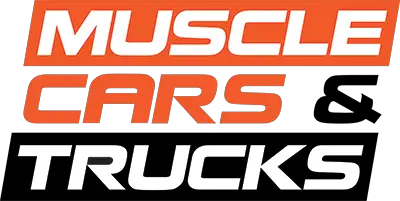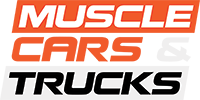Yesterday was April 26th, AKA Hemi Day due to the designation of Mopar’s famous 426 cubic inch V8 engine. But today, one more cubic inch means a special day dedicated to two of the most impressive engines by the other two Detroit muscle car makers.
Arguably the greatest engines that either company ever produced, the 427 cubic inch engine was an extremely successful displacement for both Chevrolet and Ford on the street and on the track.

The Significance Of The 427 Engine For Both Ford And Chevrolet
Chevrolet introduced its first 427 engine in the 1963 Impala Sport Coupe as a special edition Regular Production Option (RPO), code Z11. Just 50 of these cars would be built, with the intention of selling to drag racers and NASCAR. Based on the W-series Mark 1 409, the 427 featured an increased stroke to make up the displacement and produced an under-rated 430 horsepower.
It wasn’t until Chevrolet introduced the Mark IV big-block engine in the 1966 Corvette and other full-sized vehicles that the 427 was available to the masses. The new design big block was initially rated at 450 horsepower but was sandbagged down to 425 as the RPO L72. Fitted with Holley Tri-Power carburetors, power was bumped up to 435.
The engine also found its way into various race cars in all-aluminum ZL1 form, such as the McLaren M8B Can-Am. The ZL1 engine was also available in the Corvette, but the ticking the option box doubled the price to $4,718.

Ford has been in the 427 game since 1963 as well, with the first engine with that displacement hitting the track in 1963 under the hood of the Ford Fairlane Thunderbolt. The “FE” designated big block engine was available in top oiler and side-oiler configurations, which oiled the camshaft and crankshaft first, respectively.
The side-oiler model of the engine was fitted to the GT40 MKII, which placed 1-2-3 in the 1966 24 hours of Le Mans Race. The top-oiler model of the engine only found its way into a small number of Ford’s machines, such as the Galaxie, Fairlane, and one special Mustang. Carroll Shelby most famously cramming the mill into the featherweight Cobra, to great effect.
In addition to the FE 427, Ford also produced the famed 427 SOHC “Cammer”, which featured an overhead cam per bank, rather than a single cam in the block. The Cammer wasn’t available in a street car, however, causing Chrysler to protest the homologation of the engine and ban it from competition.
Whether you’re a Ford or Chevy guy, at least the 427 cubic inch V8 displacement is something that we can all agree on. No, we probably aren’t going to make 428 or 429 posts. Sorry, Ford guys.







One Comment
Leave a ReplyOne Ping
Pingback:Shelby American Reveals "Cobra Cammer" Concept